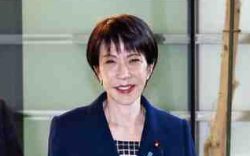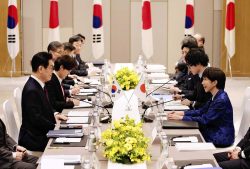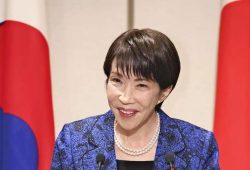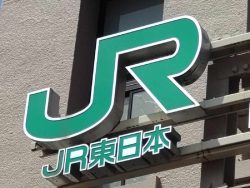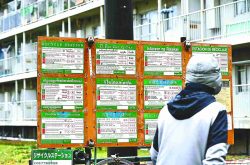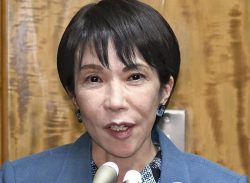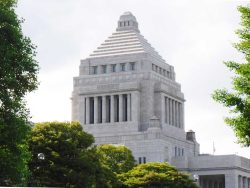- Yomiuri Editorial
- Operating nuclear reactors over 60 years
For extended use, building replacements must also be sped up
12:30 JST, December 6, 2022
After a long period of stagnation, Japan’s policy regarding nuclear power is taking shape. In order to ensure the future use of nuclear reactors, it is important to steadily put plans into practice.
The Economy, Trade and Industry Ministry, which has been studying the nation’s nuclear energy policy, has compiled a draft of action plans that outlines the future direction. Regarding the extension of the operating period of nuclear reactors, which has been a focus of discussions, the plans would allow reactors to operate beyond 60 years by not counting the time they were idle due to factors such as safety inspections.
Currently, there is a rule that the operating period of a nuclear reactor is “40 years in principle, with a maximum of 60 years,” but this rule has no particular scientific basis, and many countries do not set an upper limit.
In Japan, in particular, safety inspections have been protracted, and a series of court decisions have called for the suspension of operations. As a result, there are a conspicuous number of reactors that have been in place for many years but have not actually been in operation long enough.
Allowing nuclear reactors to operate for more than 60 years without counting the time during which operations were suspended is a realistic measure. A proposal to remove the upper limit was also considered but not adopted, probably out of consideration for the feelings of residents near nuclear power stations, who remain uneasy about the plants.
The Nuclear Regulation Authority has taken the appropriate stance for a regulatory body, saying that “the decision on the period of use is a policy matter and not a subject on which the NRA can offer opinions.”
It is important for the NRA, however, to regularly inspect the facilities for deterioration and work to ensure safety. The government should also explain safety measures to the public and work to dispel concerns.
Even if these extension measures are applied, reactors’ operating period will only be extended by a few years, and the number of nuclear reactors will gradually decrease. For stable utilization of nuclear energy in the future, building replacement nuclear reactors is inevitable.
The latest draft of action plans explicitly says “development and construction of next-generation nuclear reactors will be promoted” with regard to the building of replacement reactors. This is a commendable departure from the ambiguous stance taken in the past.
The plan for replacement nuclear reactors will cover those that have already been slated for decommissioning, while building new reactors in new locations or adding new reactors to existing nuclear power plants will be considered in the future, depending on the situation. As more and more reactors are being decommissioned, improving decommissioning technology itself is an important challenge for the nuclear industry.
The nuclear reactors envisioned as replacements are those incorporating the current basic design. A new mechanism to catch melted fuel in the event of a serious accident is said to be added to enhance safety. Manufacturers and power companies should cooperate with each other and start the first project to replace a reactor as soon as possible.
Nuclear power is indispensable in meeting the difficult demands of energy security and decarbonization. The government must work to realize the action plans to make up for the delays in its nuclear policy.
(From The Yomiuri Shimbun, Dec. 6, 2022)
"Editorial & Columns" POPULAR ARTICLE
-

Artificial Intelligence Expands Possibilities for Foreign Language Learners
-

Build Intellectual, Physical Strength, As Well As Communicative Power / Japan Should Move from Beneficiary to Shaper of World Order
-

Global Economy in Turmoil: Prevent Free Trade System from Going Adrift / Risks to Financial Markets Must Be Heeded
-

Japan-China Strain Set to Persist as Beijing Officials Self-Interestedly Bash Tokyo; Takaichi Unlikely to Back Down
-

Elderly People Living Alone: What Should be Done to Ensure Living with Peace of Mind until the End?
JN ACCESS RANKING
-

BOJ Gov. Ueda: Highly Likely Mechanism for Rising Wages, Prices Will Be Maintained
-

Core Inflation in Tokyo Slows in December but Stays above BOJ Target
-

Osaka-Kansai Expo’s Economic Impact Estimated at ¥3.6 Trillion, Takes Actual Visitor Numbers into Account
-

Japan Govt Adopts Measures to Curb Mega Solar Power Plant Projects Amid Environmental Concerns
-

Japan, U.S. Start Talks on Tokyo’s $550 Bil. Investment in U.S.; Energy, AI Projects Were Focus of 1st Meeting




